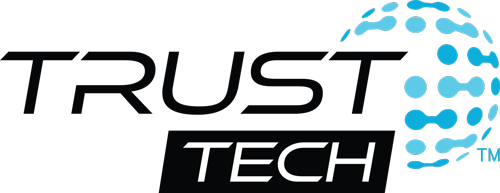Introduction
In the digital age, technology has become an essential tool in education, empowering students and teachers with limitless possibilities. However, for schools, especially those with limited budgets, implementing robust technology infrastructure can be a daunting task. Thankfully, the E-Rate program offers a lifeline, providing financial assistance to schools in their quest to enhance their technology resources. As a small Managed Service Provider (MSP) working closely with schools, we understand the significance of E-Rate and aim to provide you with a comprehensive guide on how to leverage and maximize the benefits of this program.
What is the E-Rate Program?
The E-Rate program, formally known as the Schools and Libraries Program of the Universal Service Fund, is a federal initiative by the Federal Communications Commission (FCC). Its primary objective is to help eligible schools and libraries gain affordable access to telecommunications and internet services. Through subsidies, the program enables educational institutions to build and maintain robust technology infrastructure, ensuring equitable access to digital resources for students and educators.
Step 1: Determine Eligibility
Before delving into the E-Rate application process, schools must first confirm their eligibility. Typically, public and private K-12 schools, public libraries, and consortia of eligible schools can participate in the program. Eligibility criteria are subject to change, so it is crucial to check the most recent guidelines provided by the Universal Service Administrative Company (USAC) or consult with an E-Rate expert.
Step 2: Understand the Funding Categories
E-Rate funding is divided into five categories, each covering specific technology components essential for schools:
- Category 1: Data Transmission Services
- Category 2: Internal Connections and Managed Internal Broadband Services
- Category 3: Voice Services
- Category 4: Special Construction Charges
- Category 5: Internet Access and Basic Maintenance
By familiarizing yourself with the categories and their eligible services, schools can prioritize their technology needs and create a strategic plan for utilizing E-Rate funding.
Step 3: Develop a Technology Plan
To make the most of E-Rate, schools must have a comprehensive technology plan in place. This plan should outline the institution’s technology goals, identify current infrastructure gaps, and propose strategies for future development. USAC requires schools to have an approved technology plan to apply for E-Rate funding under Category 2 services.
Step 4: Seek Professional Assistance
Navigating the E-Rate program can be intricate, especially for small MSPs and schools with limited experience in the process. Consider partnering with E-Rate consultants or specialized MSPs experienced in working with educational institutions. These experts can assist in understanding eligibility, drafting technology plans, and ensuring compliance with program requirements.
Step 5: Submit the Application
With your technology plan in hand and assistance from professionals if needed, it’s time to submit your E-Rate application through USAC’s online portal, EPC (E-Rate Productivity Center). The application window is typically open for a limited period, so make sure to adhere to the deadlines.
Step 6: Review and Approval
After submission, your application will undergo review and evaluation by USAC. Ensure that all required documentation is accurate and up-to-date to prevent any delays in processing. Upon approval, you’ll receive a Funding Commitment Decision Letter (FCDL), specifying the funding amount granted for each requested service.
Step 7: Implementation and Compliance
Once your E-Rate funding is approved, you can proceed with implementing the proposed technology upgrades. However, remember that schools must adhere to program rules and regulations, including procurement and competitive bidding requirements. Ongoing compliance is crucial to avoid potential funding reductions or penalties.
Conclusion
The E-Rate program represents a significant opportunity for schools to bridge the digital divide and provide a more enriching learning experience for students. By understanding the eligibility criteria, funding categories, and application process, schools can confidently navigate the E-Rate program. Working closely with a knowledgeable MSP can streamline the process, ensuring that the technology infrastructure is optimized to meet the evolving needs of students and educators. Leverage the E-Rate program to unlock the full potential of technology in education, enabling a brighter future for generations to come.

